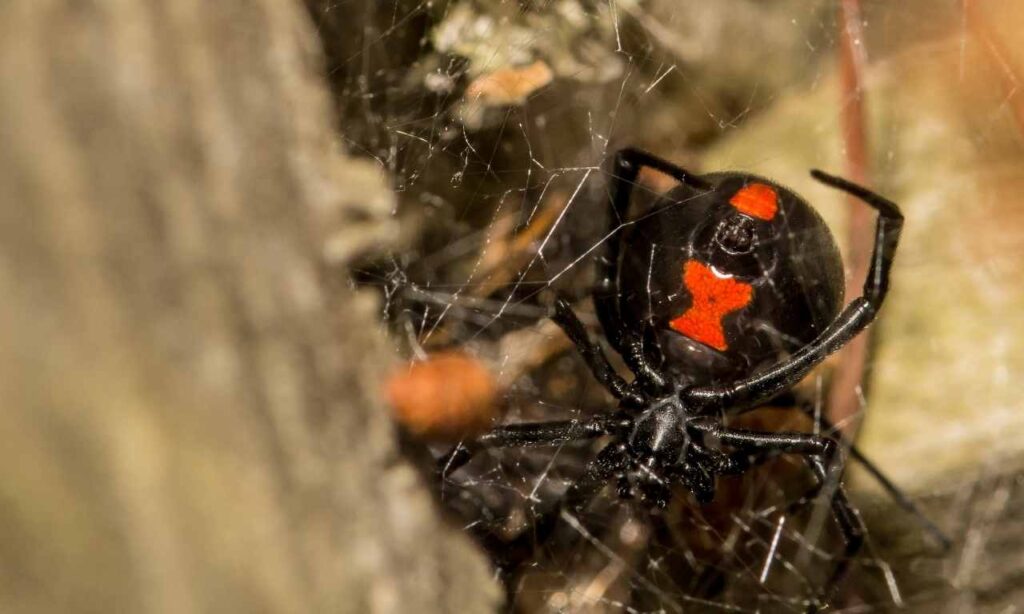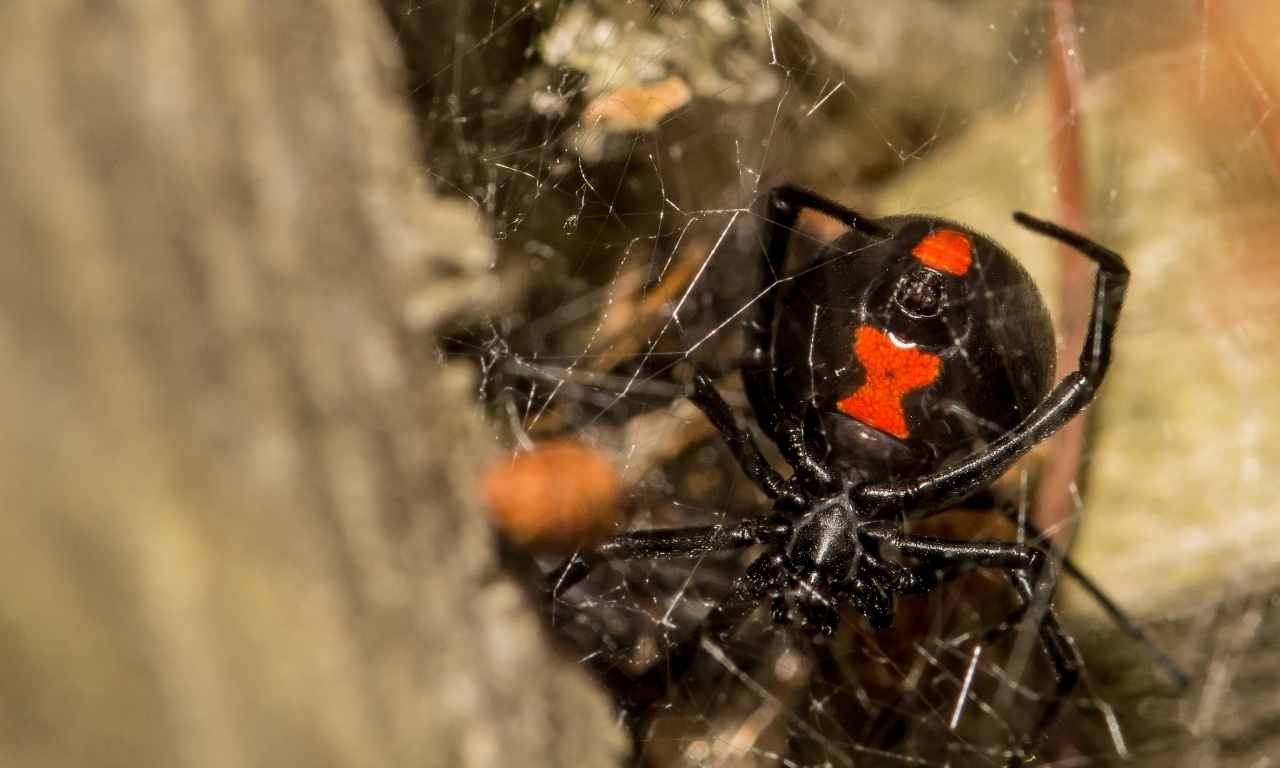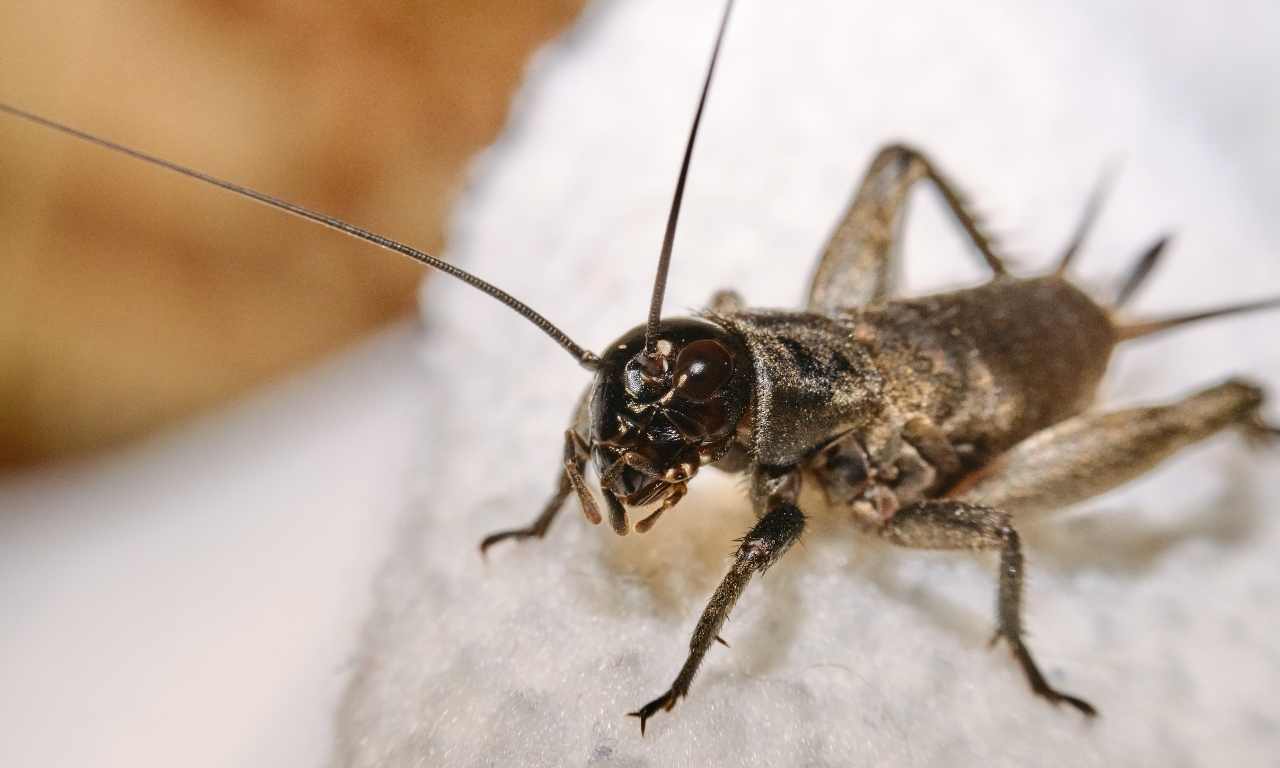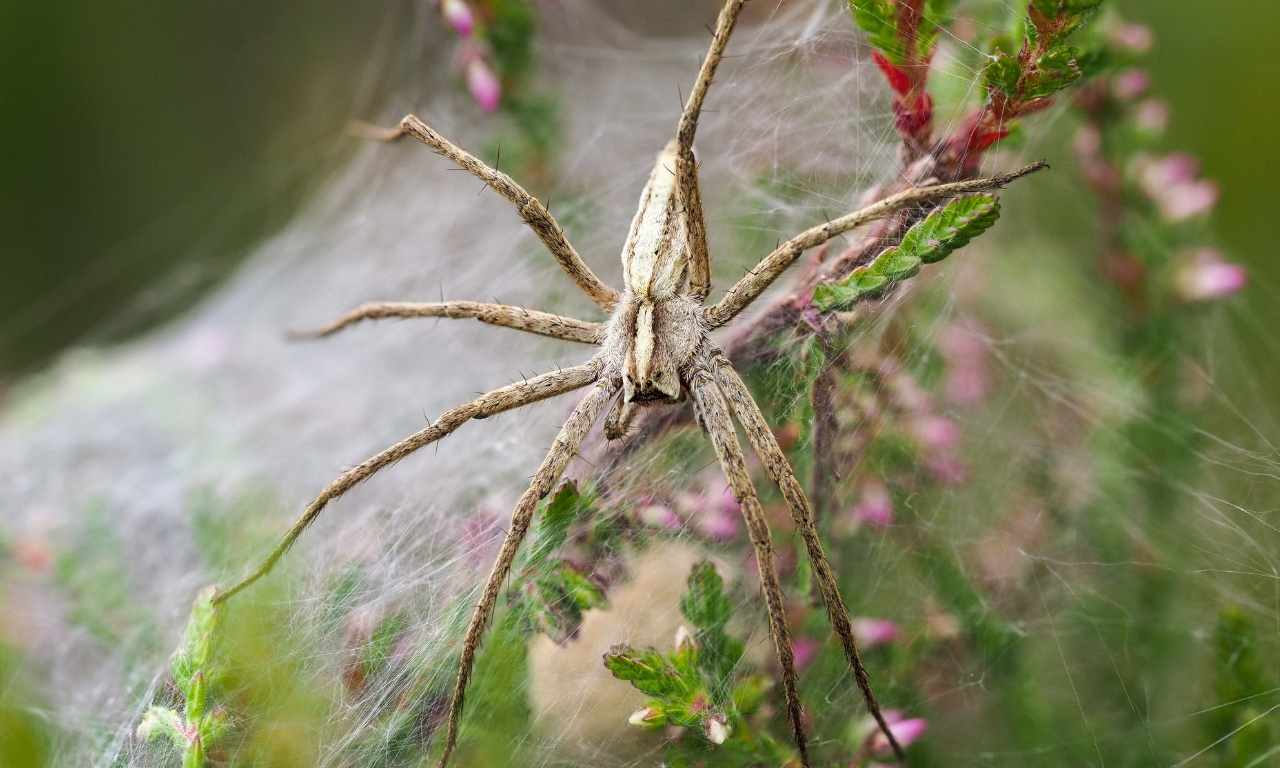
 Insects killing their mate after mating is known as sexual cannibalism. There are a lot of insects that are found to do sexual cannibalism. It is a widespread practice in the insect world.
Insects killing their mate after mating is known as sexual cannibalism. There are a lot of insects that are found to do sexual cannibalism. It is a widespread practice in the insect world.
Insects like praying mantis, black widow spiders, scorpions, bachelor midge, and crickets have shown sexual cannibalism, which benefits them in reproduction. Some of these insects reacts to scarcity with cannibalism.If there are enough resources then these insects won’t resort to cannibalism.
Why Insects Do Sexual Cannibalism
A recent study found that sexual cannibalism helps them during the process of reproduction because the male body provides valuable nutrients for the female, which are very much needed while giving birth. In addition, the food nourishes the female and the babies, helping them grow.
Let’s dive into the details.
Spider Sexual Cannibalism
In spider species where the female spiders are much bigger than the male spiders, sexual cannibalism becomes very prominent. The female spider devours the male spider after mating to sustain itself. Regardless of the risk, the male spider still gets in the net of the female spider for mating and, in most cases, ends up dying.
As you know, spider webs are robust, and the male can not escape the spider web created by the female. The black widow spider is one of those spiders that devours their mate after mating.
Sagebrush Cricket
 The female Sagebrush cricket eats its partner’s wings after mating. This provides the nutrition, and the male willingly offers their wings to the female. Sometimes due to this reason, some of the male lose their wings, and female doesn’t mate with them.
The female Sagebrush cricket eats its partner’s wings after mating. This provides the nutrition, and the male willingly offers their wings to the female. Sometimes due to this reason, some of the male lose their wings, and female doesn’t mate with them.
However, when the food is abundant, the female doesn’t have to eat the male wings for nutrition. Sagebrush cricket can be found in the North American regions. The most important part of their life is breeding, and they are willing to sacrifice themselves.
The Bachelor Midge
Bachelor midge has a bizarre way of mating. The female sucks the male blood, and then the male genitalia breaks off inside the female body, ensuring its offspring. Although this may not lead to its death, they soon meet their demise. They can mate for one time as they cannot regrow their genitalia, but this mating ensures that their offspring is reproduced.
Scorpions
There are many scorpion species where cannibalism has been observed. Although this usually occurs when the food is scarce. The female needs the nutrients to sustain herself. Often male scorpions become their meal, but if there is food availability, then the scorpion will rather eat something else than its mate.
However, these incidents are hard to study because, in the wild, it’s challenging to spot them during their mating process. Scientists study the scorpion’s behaviour under lab conditions where an artificial scarcity is created. This is when the scorpion shows their cannibalism tendencies. So it may not be as common in the wild as we think.
Praying Mantis
The praying mantis is one of the most skilful predators and can eat much bigger prey than their size. However, even praying mantis does cannibalism. It has been found that female praying mantis that devours their male counterparts lays more eggs than those who don’t eat their mate.
30% of these sexual encounter ends up in cannibalism. This means the male praying mantis dies 30% of the time after mating. The female praying mantis, much bigger than the male praying mantis, starts by biting the male head and then eventually devours them. The nutrients from the male praying mantis help them to sustain themselves.
The Evolutionary Benefit of Cannibalism In Insects
Cannibalism has been found to be very helpful in reproduction. A lot of insects do it when the resources are scarce. The female devours the male to get the nutrient she needs to fertilize the eggs and sustain its life. Although it might look brutal to us, these traits have evolved over millions of years and honed and perfected, and that’s why these species can sustain over millions of years.
Cannibalism is not observed in all insects. It is observed that insects that have always faced scarcity during evolution tend to lean towards cannibalism. Females can also commit cannibalism if there are many predators in that area. The female doesn’t want to take the risk and relies on cannibalism to reproduce.
Rat Cannibalism
It has been studied, and this happens quite often when the resources are scarce. Cannibalism is reported in rats. Although rats are not insects, it’s worth mentioning. There is a hierarchy in the rats. The alpha is big, and they get the most of the food and the females. These alpha rats have smaller members in their hierarchy who act like foot soldiers for the alpha rat.
When the resources are scarce, these alpha rat groups devour smaller weak rats and consume their relatives. This usually doesn’t happen, but when the alpha rat senses scarcity, they can start this process, which can have severe effects on their colony. This same cannibalism is also seen in many insects where the powerful insects devour the weak insects.
Do Male Of The Species Tries To Fight Back?
 Female likes to devour their male counterparts because it provides them instant nutrition. However, the male partners don’t want to die either. So they have found some ways to stop the females from killing them. Although it may not always be successful, it’s worth trying so that the male gets to mate with the female and live so that it can breed again.
Female likes to devour their male counterparts because it provides them instant nutrition. However, the male partners don’t want to die either. So they have found some ways to stop the females from killing them. Although it may not always be successful, it’s worth trying so that the male gets to mate with the female and live so that it can breed again.
For example, male nursery web spiders tie the female legs before mating so that the female cannot devour the male and the male get the benefit of mating with the female for a longer time. Various spider species also do something similar to save themselves from getting eaten.
For example, some spiders mate with the female when the female is distracted with its meal. This reduces the chances of getting devoured as the female has secured a meal to get the necessary nutrients, so they overlook the male. Eating the male spider is not their best choice. They do it to get nutrition. However, if they get the nutrients from somewhere else, they don’t bother eating their male counterpart.
Conclusion
Cannibalism is an evolutionary trait that some of these species have developed to increase their survivability. During severe scarcity, these insects are forced to do cannibalism. Therefore, scarcity plays a significant role in cannibalism. It has been studied that the same species doesn’t kill their mates after mating if they get the food and nutrients they want.
Welcome to my blog. I have been doing pest control for years since my house, garden and pets were always attacked by various kinds of pests and as a result I had to know proper pest control techniques that works. In this blog I share all the tips and tricks that I know and I hope you’ll find it helpful.
